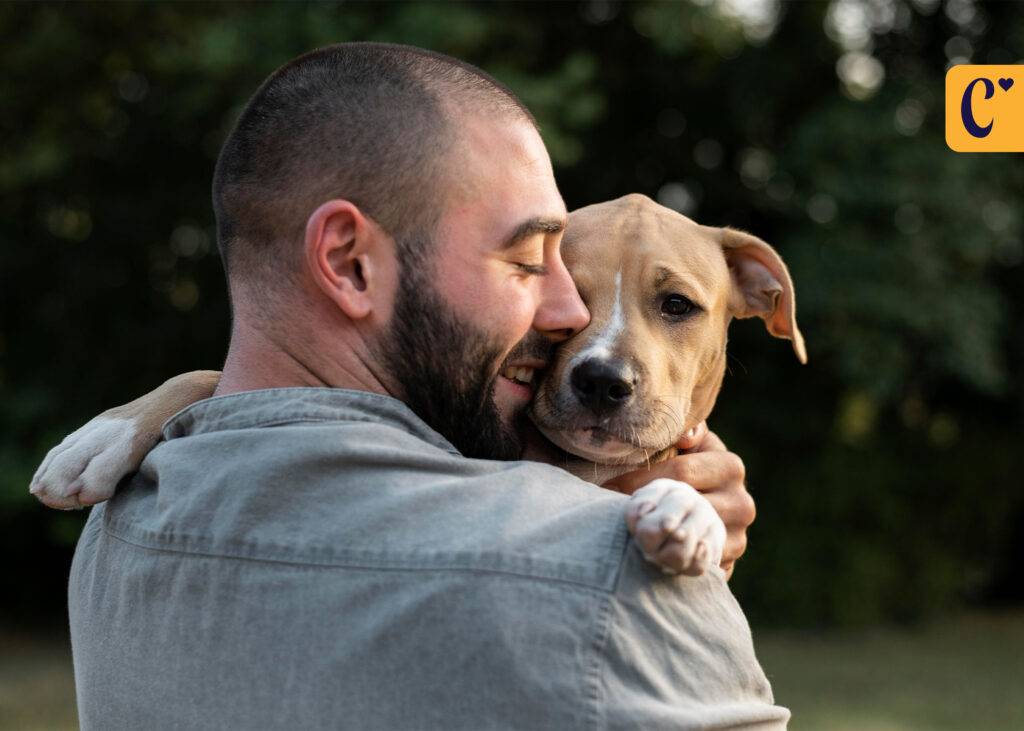Over the centuries, human-dog relationships have consistently exhibited the strongest emotional ties between species. A friendship that started thirty thousand years ago has grown to be so close that it is now genetically encoded. Sounds exciting, right?
More and more information about this crucial dog-human interaction and what our devoted friends think of us is being revealed by contemporary studies. Dog owners may already know this intuitively, but studies reveal that our knowledge of our four-legged companions is incomplete.
One of the most important patterns in studying the unique characteristics of dogs is to use magnetic resonance imaging of their brains to find out how our dear friends react to various environmental factors. This method revealed that dogs undergo significant physiological changes when they are surrounded by people dear to them. At this time, an increase in blood flow is observed in their eyes, ears, and paw pads, which indicates states of emotional distress.
Can you imagine how joyful our four-legged companions can get when we play with them or give them a petting session if just seeing us makes them feel so good? Our companion animals benefit greatly from even brief playtime or stroking, which not only lowers anxiety levels but also promotes heart health.

How Do Dogs Perceive the World Compared to Humans?
Canines and humans see things differently. The world isn’t as bright for them as it seems. Dogs see the world and hence, people through a spectrum of blue and yellow hues because they are dichromatic animals. It is important to acknowledge that dogs’ genes enable them to see more clearly in the dark and to more easily follow quick movements of the body than humans.
Compared to us, our four-legged friends have better peripheral vision. This term is often referred to as indirect vision and refers to the ability to observe events beyond the center of gaze. For example, if the peripheral vision characteristic of humans is equal to 180°, in the case of dogs this indicator is equal to 240°. Unlike wide peripheral vision, our companion animals have less developed central vision, which involves focusing on specific details.
What Is the Quality of Mental Development of Dogs?
According to researchers, the mental capacity of an adult dog is approximately equal to the level of development of a 2-year-old child. In turn, this fact indicates that dogs do not develop such complex emotions as, for example, guilt. However, evidence shows that dogs experience emotions on an emotional level, along with joy and love, as well as fear and anger. In large part, this is because our companion animals have a similar brain structure and hormones to humans.
Dog behavior is similar to that of a toddler in terms of mental development and how they process and respond to information. As you have undoubtedly already noticed, dogs enjoy being the center of attention, just like kids do. In both instances, our effect on how they develop their psychotype is extremely strong, it should be added.
The stage of oral fixation is another similarity between dogs and kids. Dogs, like infants, have an innate need to taste everything throughout their early growth since it is widely recognized that, in addition to visual perception, gustatory sensation plays a unique role in the process of environmental learning.
You’ll be even more surprised to learn that dogs frequently follow us and pay attention to our nonverbal cues in addition to our spoken words. They are exceptionally good at identifying our personalities and emotional states.
Our companion animals differ greatly from other animals because they all have distinct personalities and extensive emotional lives. Who knows, perhaps this is what caused the close relationship that exists between humans and dogs.
